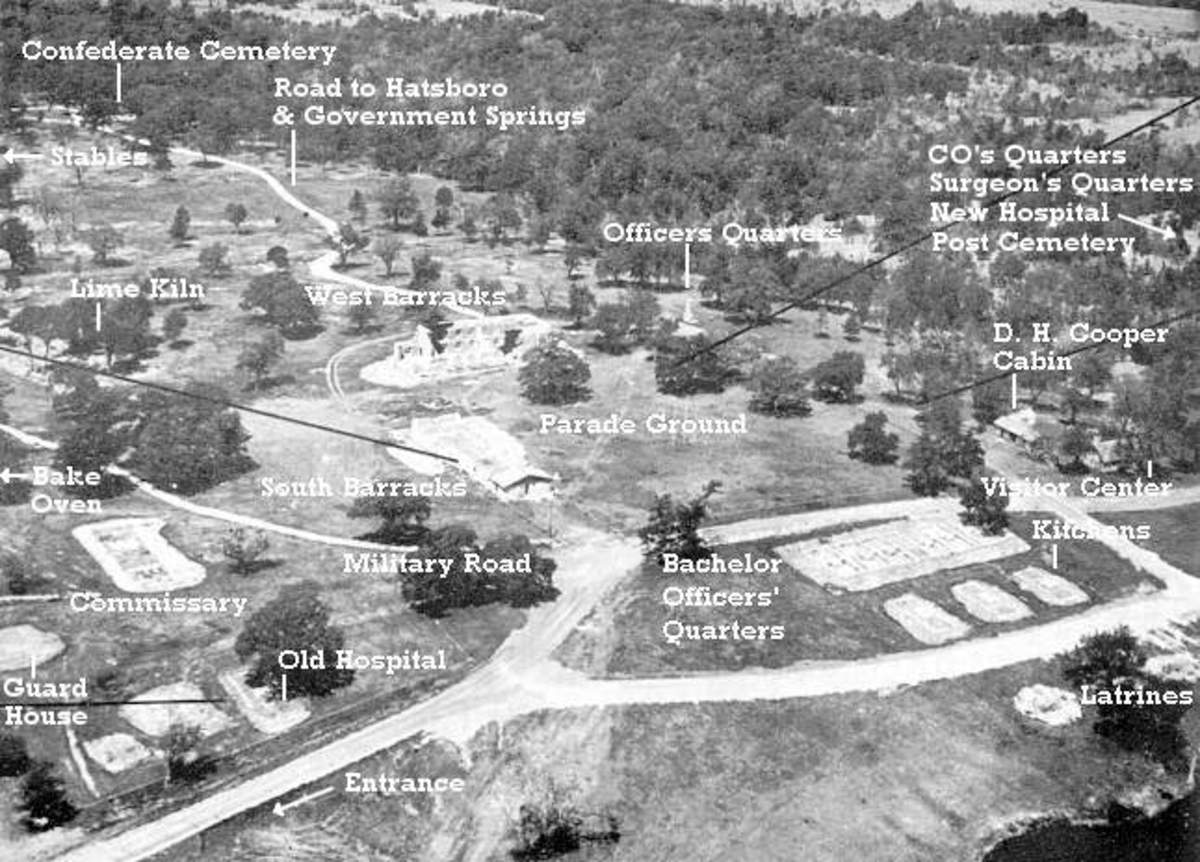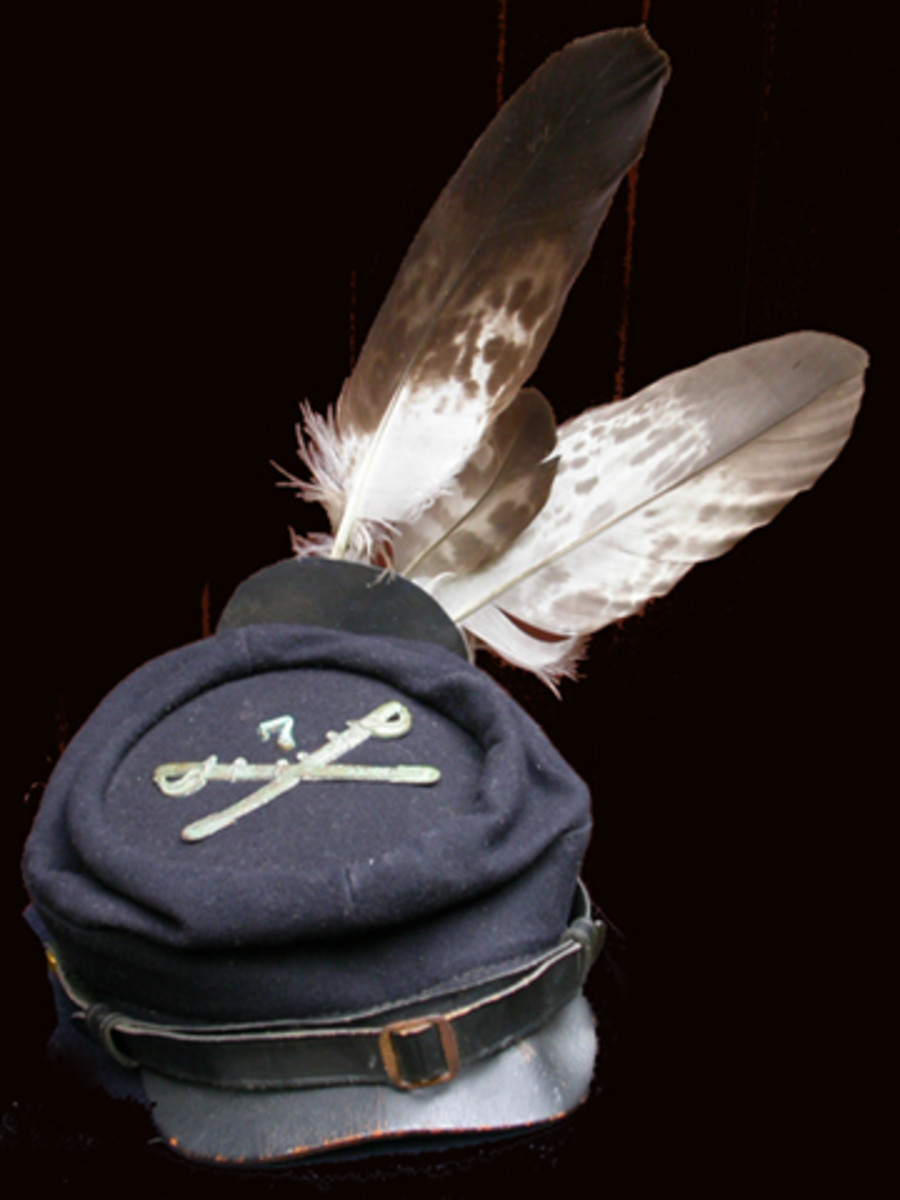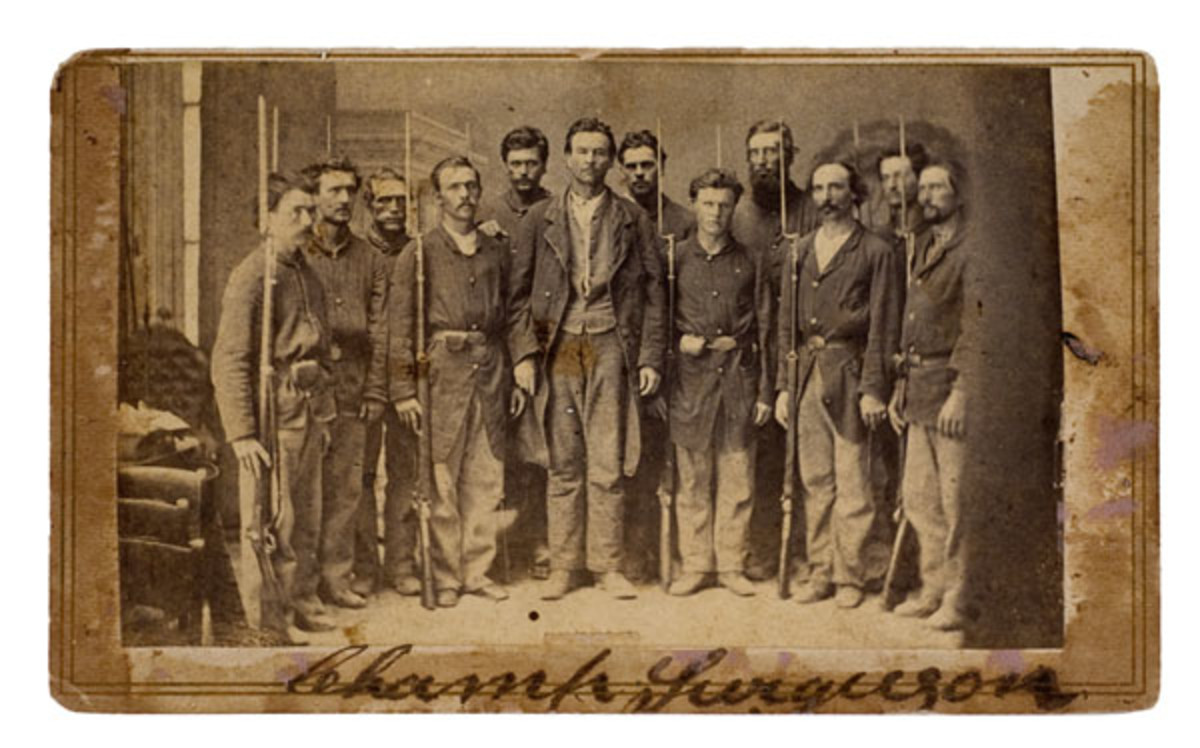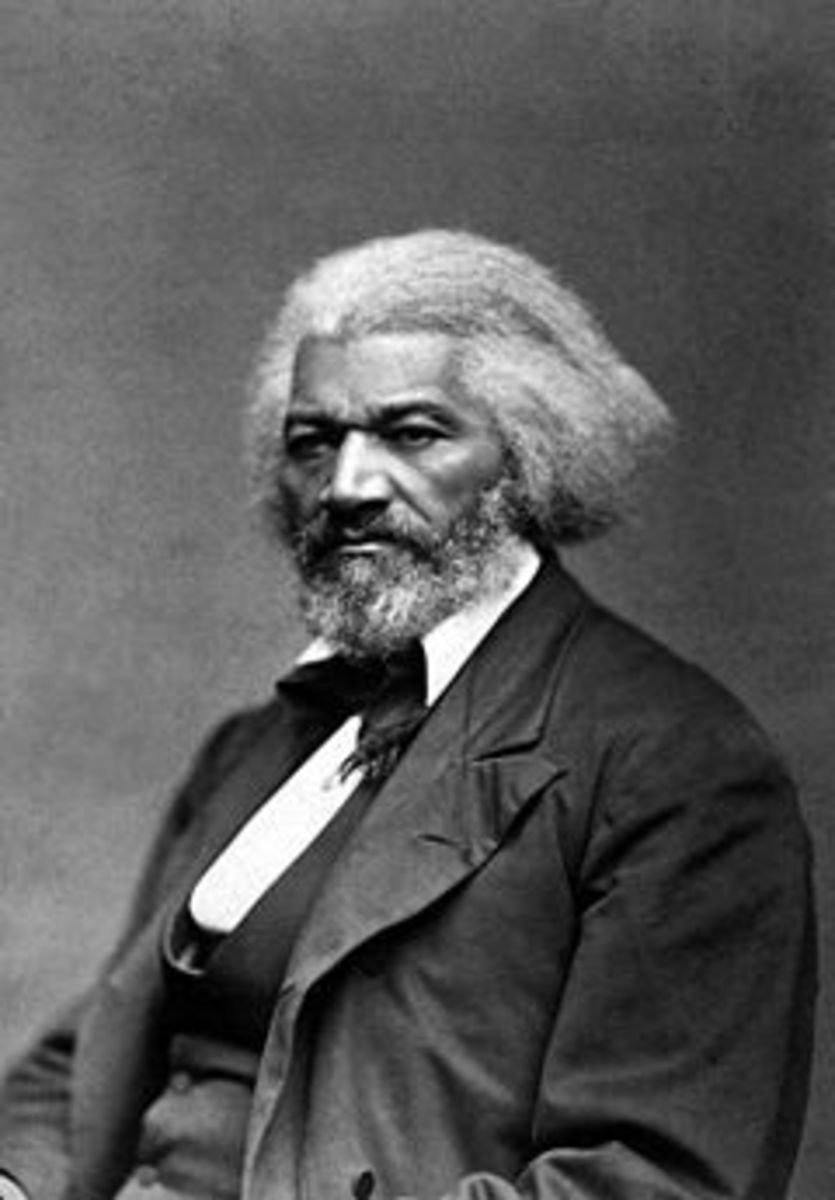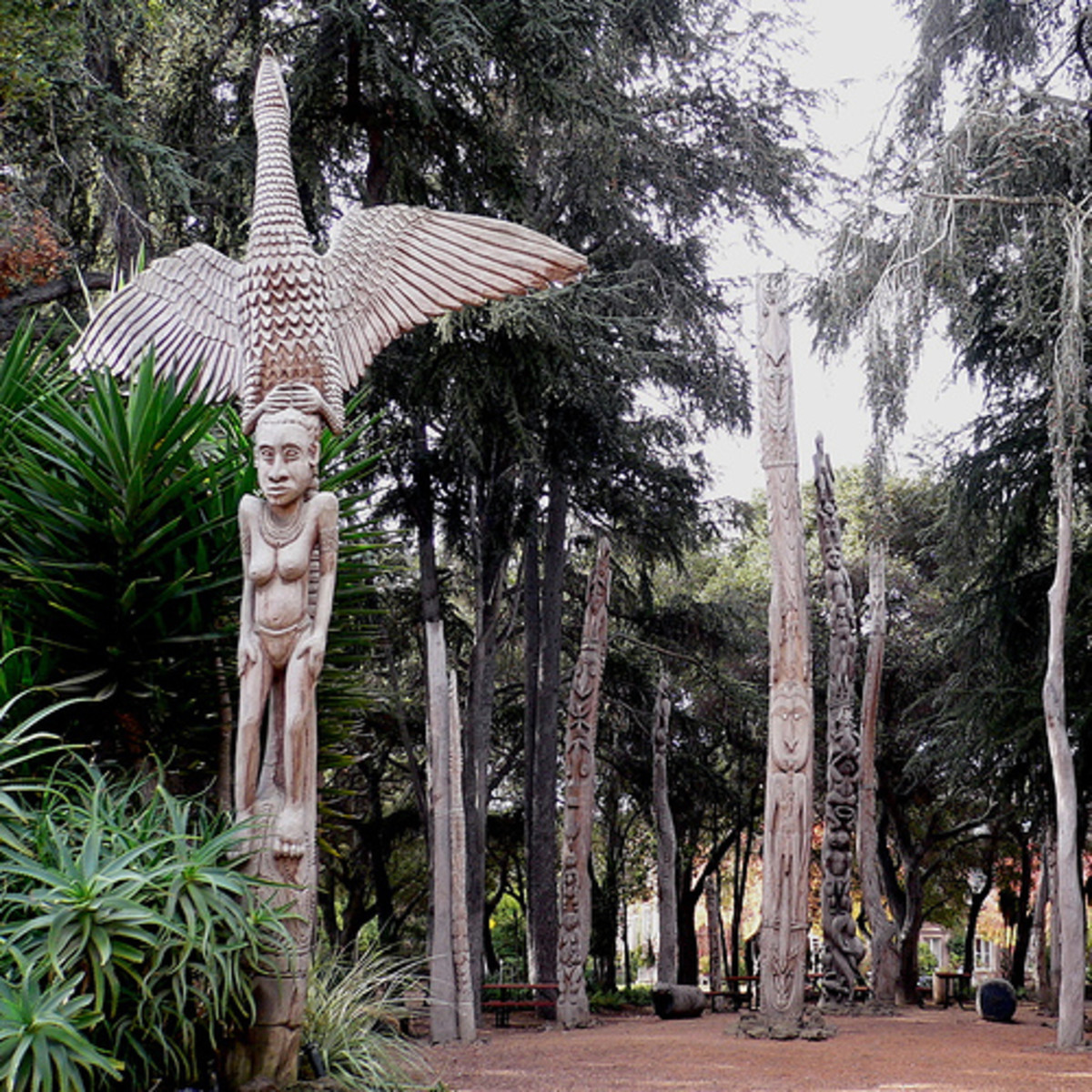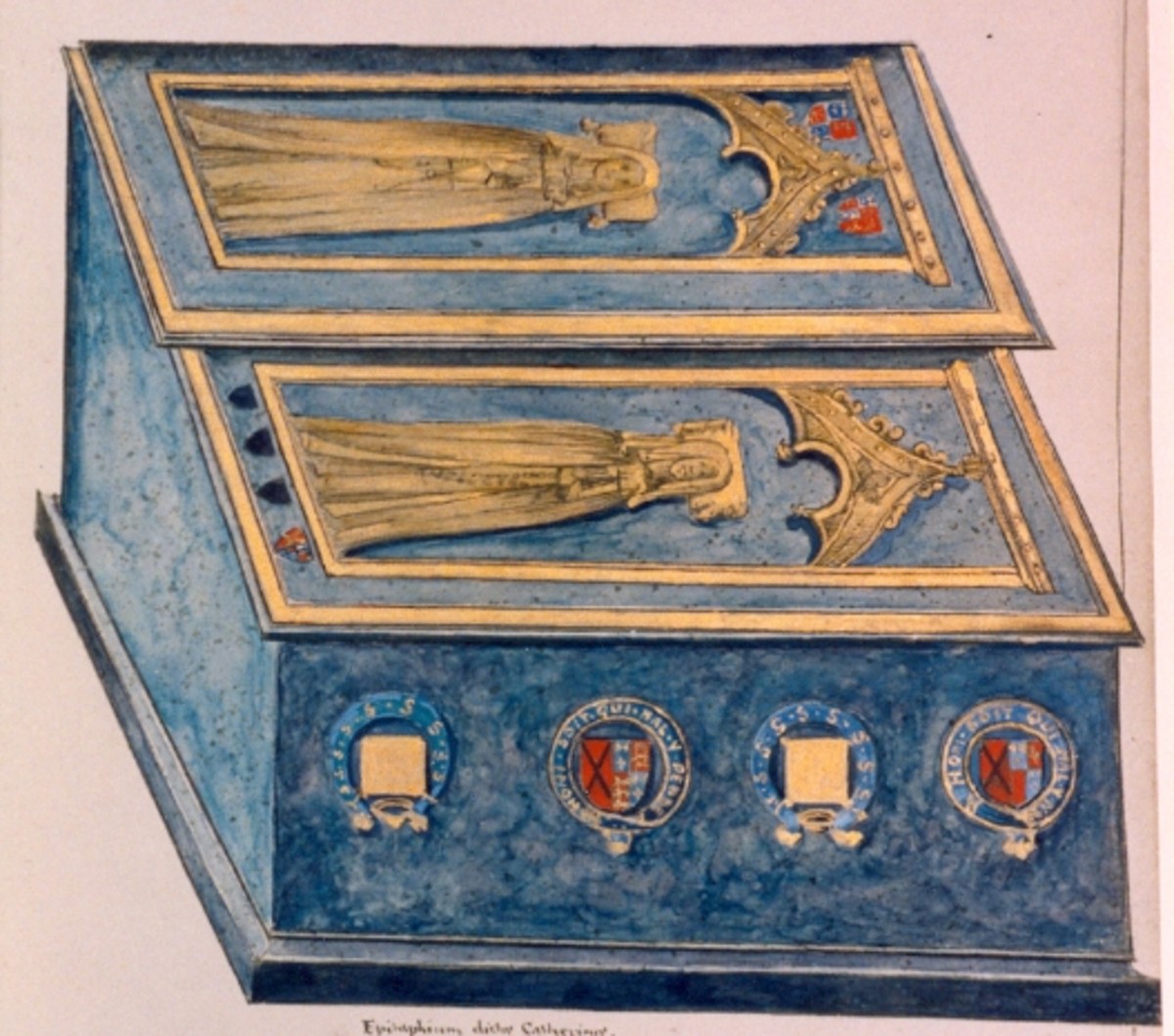CSS CHICORA | US Civil War Ironclad

CSS Chicora
CSS Chicora was a Confederate ironclad ram that fought in the American Civil War. She was built under contract at Charleston, South Carolina in 1862. James M. Eason built her to John L. Porter's plans, using up most of a $300,000 State appropriation for construction of marine batteries; Eason received a bonus for "skill and promptitude." Her iron shield was 4" thick, backed by 22" of oak and pine, with 2-inch armor at her ends. Keeled in March, she was commissioned in November, Commander John Randolph Tucker, CSN assuming command.

CSS Chicora
Civil War Ironclad
In thick, predawn haze on January 31, 1863, Chicora and CSS Palmetto State raided the Federal blockading force of unarmored ships lying just outside the entrance to Charleston Harbor. With ram and gun, Palmetto State forced USS Mercedita to surrender, then disabled USS Keystone State, who had to be towed to safety. Chicora meanwhile engaged other Union ships in a long-range gun duel, from which she emerged unscathed to withdraw victoriously to shelter inside the harbor.
She took part in the defense of the forts at Charleston on April 7 when they were attacked by a squadron of ironclad monitors under Rear Admiral Samuel Francis du Pont, USN. The Federal ships were forced to retire for repairs and did not resume the action.
Chicora was actively employed in the fighting around Charleston during 1863 and 1864. Her valuable services included the transporting of troops during the evacuation of Morris Island, and the bombardment of Forts Sumter, Gregg, and Wagner. In August 1863 she had the distinction of furnishing the first volunteer officer and crew for the Confederate Submarine Torpedo Boat H. L. Hunley.
She was destroyed by the Confederates when Charleston was evacuated on February 18, 1865.
Iron Afloat: The Story of the Confederate Armorclads
by William N. Still
Everyone knows the story of the battle of the Monitor and the Merrimack. But how many people know the story behind the Confederacy's attempt to build a fleet of armorclad vessels of war? Built from converted steam ships, built on riverbeds and cornfields. Learn how the Confederacy built a fleet of ironclads that were more than a match for anything from the Northern invaders.
CSS Chicora and CSS Palmetto State in Charleston Harbor

CSS Virginia Limited Edition
CSS Virginia, Limited Edition
This is a full assembled ready for display museum quality replica of the CSS Virginia, formerly the USS Merrimack. This model is 34" long by 7" wide and 9" high, 1/96 scale. Built of high quality wood and brass detail parts. These museum-quality scale Civil War replicas of one of history's most famous warships produced as Limited Edition ironclad models of the famous CSS Virginia, are certain to enthrall even the most discriminating naval historian or Civil War buff.
See My Other Lenses about Civil War Ironclads
Ironclad Rams
Civil War Ironclads - Confederate Rams
The CSS Virginia: Sink Before Surrender
The CSS Virginia: Sink Before Surrender Published by The History Press
by John V. Quarstein
The morning the CSS Virginia (formerly the USS Merrimack) slowly steamed down the Elizabeth River toward Hampton Roads on March 8, 1862, naval warfare changed forever. Wooden sailing ships became obsolete, armored, steam-powered vessels where the new dreadnaughts. Little did the ironclad's crew realize that their makeshift warship would achieve the greatest Confederate naval victory. The trip was thought by most of the crew to be a trial cruise. Instead, the Virginia's aggressive commander, Franklin Buchanan, transformed the voyage into a test by fire that forever proved the supreme power of iron over wood.
The Virginia's ability to beat the odds to become the first ironclad to enter Hampton Roads stands as a testament to her designers, builders, officers and crew. Virtually everything about the Virginia s design was an improvisation or an adaptation, characteristic of the Confederacy's efforts to wage a modern war with limited industrial resources. Noted historian John V. Quarstein recounts the compelling story of this ironclad underdog, providing detailed appendices, including crew member biographies and a complete chronology of the ship and crew.

What Happened to the Civil War Ironclads?
Final Resting Place
The CSS Chicora was destroyed to prevent capture on the Cooper River above Charleston Harbor on February 18, 1865. The wreck removed shortly after 1870.
USS Monitor Ironclad of the Civil War
USS Monitor was the first ironclad warship commissioned by the United States Navy. She is most famous for her participation in the first-ever naval battle be...
CONFEDERATE IRONCLADS of the US Civil War
The battle between the USS Monitor and the CSS Virginia, (formerly the USS Merrimack) two of the Civil War Ironclads, started one of the biggest changes in N...
CSS Arkansas Civil War Ironclad
The CSS Arkansas was a Confederate Ironclad warship during the American Civil War. Serving in the Western Theater, the vessel helped repulse a U.S. Navy flee...
CSS ALBEMARLE, Ironclad of The Roanoke, Civil War Armorclad
CSS Albemarle was an ironclad ram of the Confederate Navy named for a town and a sound in North Carolina and a county in Virginia. All three locations were n...
CSS TEXAS | US Civil War Ironclad
The keel for the CSS Texas was laid down at Richmond, Virginia. She was launched in January 1865. At the time of Robert E. Lee's evacuation of Richmond on ...
Affiliate Disclosure
"Paperquest is a participant in the Amazon Services LLC Associates Program, an affiliate advertising program designed to provide a means for sites to earn advertising fees by advertising and linking to amazon.com."

